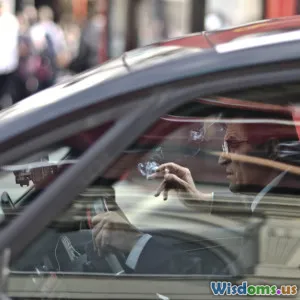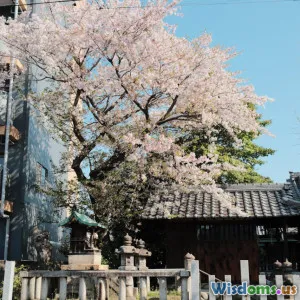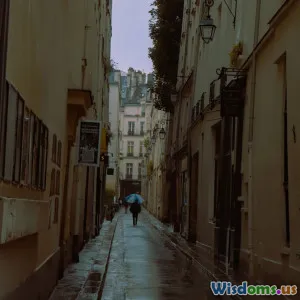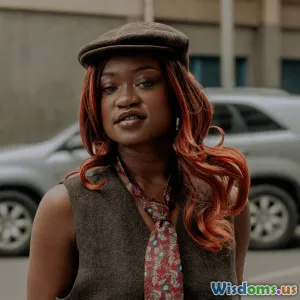
Mastering Natural Light for Striking Street Portraits
9 min read Unlock the art of using natural light for compelling street portraits that captivate and inspire. (0 Reviews)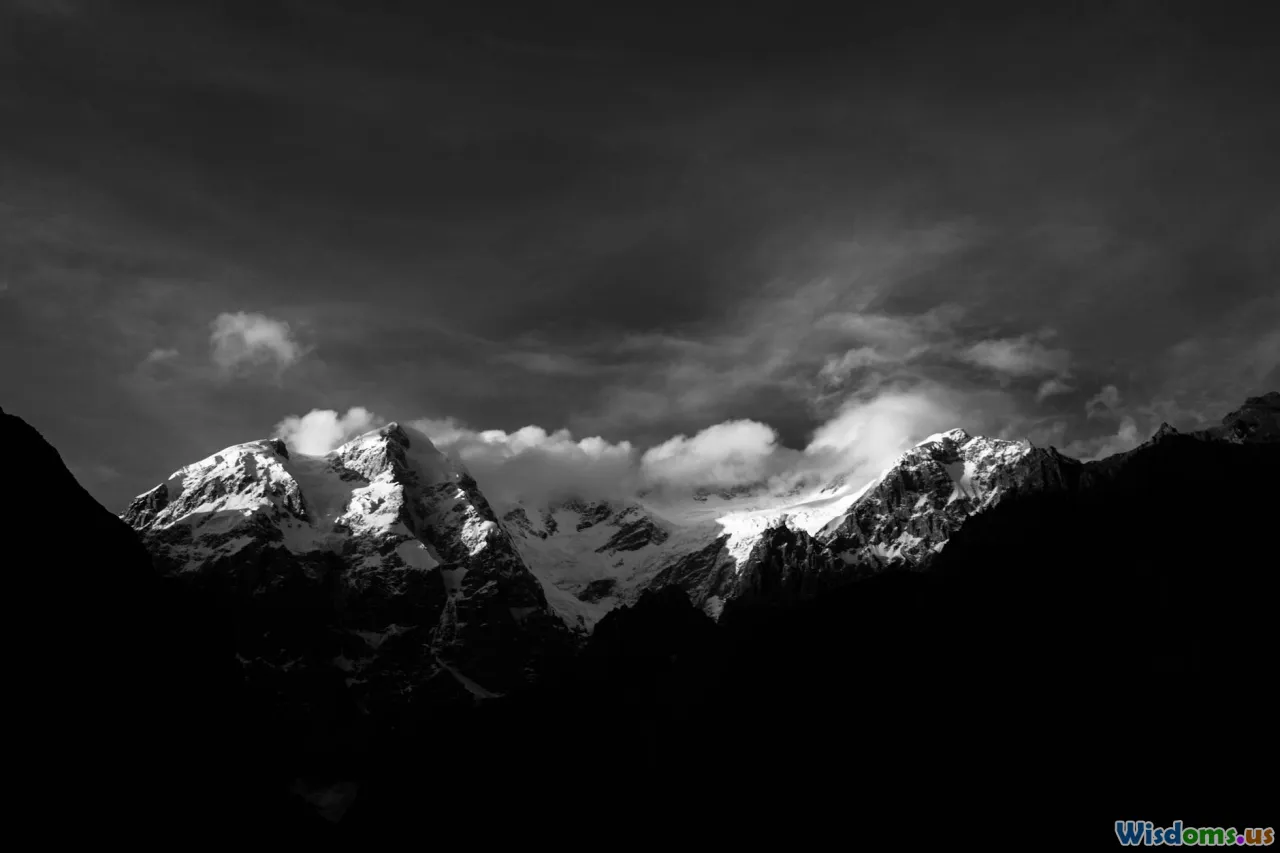
Mastering Natural Light for Striking Street Portraits
Street photography flourishes in the rhythm of life unfolding around us — raw, unpredictable, and filled with moments that tell stories. When it comes to street portraits, natural light isn't just an element of environment; it is the painter’s brush that shapes mood, highlights soul, and evokes emotion. But mastering natural light to create striking street portraits requires more than just pointing a camera and snapping. It demands a deep understanding of light’s behavior, creative adaptability, and technical know-how.
Understanding Natural Light: The Foundation of Street Portraiture
Natural light varies dramatically throughout the day, and each variation offers distinct opportunities for photographers:
- Golden Hour (just after sunrise or before sunset): Warm, diffused, and flattering. Shadows are soft and colors rich, perfect for evocative portraits.
- Midday Light: Harsh, direct sunlight creates strong contrasts and shadows. It can add dramatic intensity but requires careful technique.
- Overcast/Cloudy Skies: Clouds diffuse sunlight, creating even, soft light that’s gentle on skin and ideal for balanced portraits.
- Shade: Provides a naturally diffused light source even during harsh sun, allowing for controlled exposure and subtlety.
In The Digital Photography Book, Scott Kelby emphasizes that “natural light is the most beautiful and available light; all you need is to learn how to use it.” Harnessing these different lights enables photographers to craft compelling narratives embedded in the streets.
The Role of Direction and Quality of Light
Direction is critical in street portraiture. Where the light falls on a subject changes the portrait’s mood and meaning.
- Front Light: Illuminates the face plainly, great for revealing detail but can flatten features.
- Example: A portrait in a sunlit plaza where the subject faces the sun directly, showing crisp facial expressions.
- Side Light: Adds texture and depth by casting shadows and highlights, sculpting the face.
- Example: Photographing near a building edge just before sunset when light hits side-on, enhancing facial contours.
- Back Light: Creates silhouettes or rim lighting, emphasizing shape and atmosphere.
- Example: A subject framed by streetlamps at dusk with sunlight behind, generating a radiant halo effect.
Quality (hard vs. soft light) influences detail and emotion.
- Hard Light: Causes sharp shadows and high contrast.
- Soft Light: Produces gradual shadows with subtle transition.
Master skilled shooters such as Steve McCurry use this knowledge to evoke emotion—soft shadows empathetically revealing character, or hard shadows adding an element of rawness.
Practical Techniques for Capturing Natural Light in Street Portraits
Scouting and Patience
Great light rarely waits; it emerges, changes, and recedes quickly. Street photographers must scout locations or compositions ahead and time sessions to the desired natural light.
- For example, anticipating a vibrant street corner just before golden hour allows timing the shoot for the best illumination.
Use Reflectors and Diffusers
Though street photography often involves spontaneity, carrying a small reflector can help bounce natural light onto shadows, filling in harsh contrasts.
- Portable, collapsible reflectors help brighten faces and add a catchlight in eyes, enriching portraits.
Similarly, diffusers soften harsh sunlight, creating a more flattering radius of light around subjects.
Embrace Shadows
Don’t shy from shadows—they can frame subjects, lead the eye, and add mysterious undertones.
- Photographing subjects with their shadows elongated on textured pavements can add compelling compositional layers.
Adjust Camera Settings for Optimal Exposure
Since natural light changes constantly, reflective light meters may baulk, especially against bright backgrounds.
- Manual mode helps lock exposure for faces rather than background.
- Shoot in RAW to salvage details in highlights and shadows later.
Positioning Subjects Creatively
Positioning is a subtle, yet powerful tool.
- Backlighting a subject can create a soft rim light effect—especially effective just before sunset.
- Shooting subjects in shaded areas next to bright streets balances detail without overexposure.
The street offers infinite canvases—from doorways diffusing an umbrella of shade, to windows bouncing light with unexpected brightness.
Real-World Examples: Masters of Natural Light in Street Portraiture
Vivian Maier
Her enigmatic street portraits often use ambient light creatively by shooting around natural shadows cast by buildings, mostly in muted daylight—highlighting a human story in its candid vulnerability.
Raghu Rai
Renowned Indian photojournalist Rai captures the intense, colorful urban fabric illuminated mostly by the golden light of early morning and late afternoons, evoking locality and mood powerfully.
Examples From Your Own Practice
Try visiting a bustling street market at dawn or dusk and experiment with various lighting directions and qualities. Notice how the same subject transforms dramatically in side light compared to front light.
Overcoming Common Challenges
Unpredictable Light Changes
To overcome sudden light shifts, stay adaptable with ISO and aperture. Prioritize the face’s lighting with spot metering.
Crowded Environments
For striking portraits amidst a crowd, utilize natural light shafts breaking through structures, or use backgrounds of light and shadow to isolate the subject.
Harsh Midday Sun
Use shade strategically during bright days to soften light and avoid squinting subjects.
Creative Enhancements and Post-Processing
Natural light empowers creativity: adjusting exposure via highlights or shadows post-shoot can enhance contrast without overwriting the mood.
- Slight warm tones during golden hour simulations enhance emotional connectivity.
- Cropping and composition can be adjusted to emphasize the impact of light on faces.
Successful street portrait photographers often blend technical skill with editing finesse, keeping the natural feel intact while optimizing visual punch.
Conclusion: Embracing Natural Light’s Dynamism to Elevate Street Portraits
Mastering natural light isn’t about controlling it with artificial tools but learning to read its language. It invites patience, observation, and experimentation. Every street, every subject, every moment of daylight holds unique light poetry waiting to be captured. Harnessing these illuminated nuances not only shapes the aesthetic beauty of street portraits but also deepens the narrative power. As Ansel Adams famously said, “You don't take a photograph, you make it.” With natural light as your most expressive instrument, your street portraits will not just record moments—they will speak volumes.
Further Reading
- Light: Science & Magic by Fil Hunter, Steven Biver, and Paul Fuqua
- Scott Kelby’s The Digital Photography Book
- Interviews with acclaimed street photographers
By mastering natural light’s art and science, your journey through vibrant streets will reveal more than faces; it will capture the very soul of life’s candid performances.
Rate the Post
User Reviews
Other posts in Street Photography
Popular Posts










